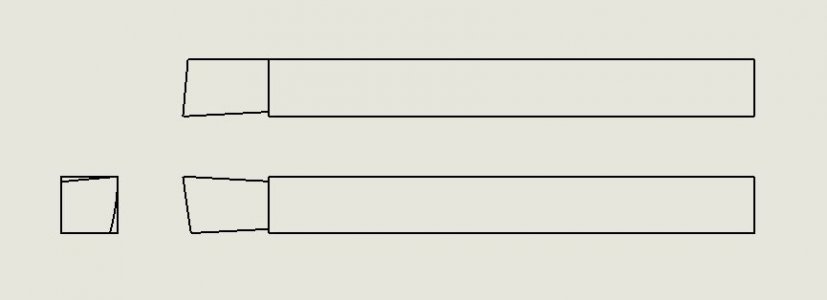- Joined
- Oct 8, 2019
- Messages
- 7
I need to make six ~2" holes in some pieces of 3/16" mild steel plate, but I don't have hole saw/annular cutter large enough or a trepanninig tool. So, I was wondering if there is any reason I shouldn't or couldn't just face off most of the unwanted material in the lathe and clean up and size the hole with a boring bar or a standard turning tool. I figure taking facing cuts would be more efficient than running the boring bar in and out of the hole, and I wouldn't have to deal with the slug trepanning creates. Is there something I'm missing? Thanks!


